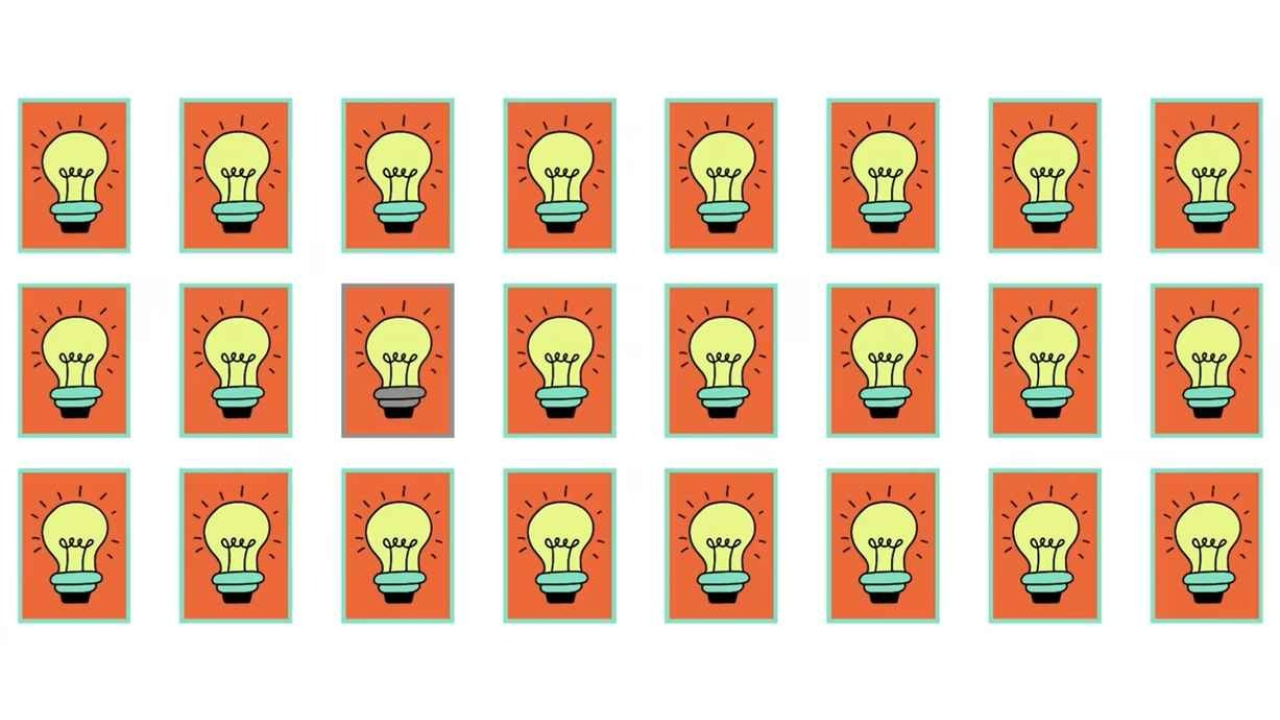Optical illusions are visual images designed to deceive our brains. These illusions are often used as simple intelligence tests and are prevalent among youngsters.According to researchers, regular practice of optical illusions can improve concentration and prevent cognitive decline in adults.
Optical illusions occur when our brains misinterpret the physical properties of an object. These illusions take place when our brains make assumptions about what we see, even if the evidence contradicts those assumptions. These distinctions help explain how different types of illusions can trick us in various ways.
Optical illusions offer several benefits beyond their intriguing visual effects. They can enhance cognitive functions by challenging the brain to process complex and conflicting information, thereby improving problem-solving skills and attention to detail. Engaging with illusions also helps sharpen visual perception and can be a useful tool in educational settings to teach concepts related to perception and human vision. Additionally, optical illusions can boost creativity by encouraging individuals to think outside the box and explore different perspectives. They also provide mental stimulation and entertainment, contributing to overall cognitive health and well-being.
The provided image shows a grid of bulbs. At first glance, all the bulbs look similar, but there is one that differs from the rest. Observers are challenged to find the odd bulb within 3 seconds. This quick test assesses one’s observation skills and attention to detail.
This challenge not only tests your visual acuity but also your ability to spot subtle differences. Take a close look and see if you can beat the clock!
The odd bulb can be spotted on the left side of the image, while all other bulb bodies are turquoise in color, the odd bulb is grey.
How yoga elevates overall well-being


